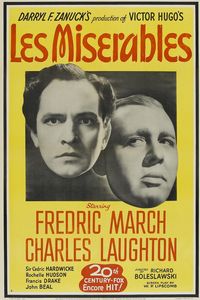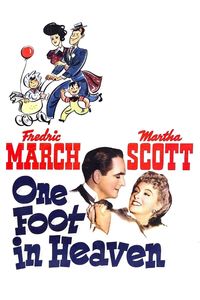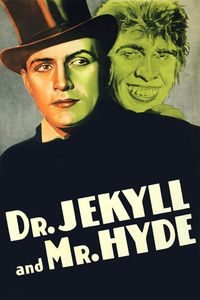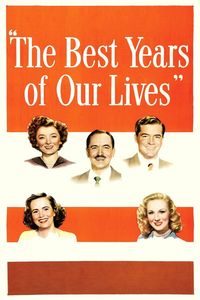Les Misérables (1935)
(On Cable TV, March 2020) A few reasons explain why Hollywood was churning out so many adaptations of classic works of literature in the 1930s. For one thing, it suddenly could—the arrival of sound meant that dialogue could be used without interrupting the flow of the film with title cards. For another, keep in mind that the movie industry had been born out of vaguely disreputable origins by moguls marginalized from the more respectable sectors of American industry—as a result, they were eager for cultural recognition as purveyors of fine arts, and adapting classic novels was a shortcut to that. Thirdly, such films were great showcases for the many disciplines of studio cinema—set-building, costumes, makeup and classical actors. Fourthly, but not lastly, such films had a built-in audience: the classics were part of the curriculum, audiences could recognize familiar titles and Hollywood made money. Considering all of the shortcuts that were often taken at the time (simplification of plotting, if not outright amputation; iffy special effects; acting taken straight from the stage), it’s a wonder that many of them turned out to be quite good, even to today’s audiences. And that finally takes us to the 1935 version of Victor Hugo’s Les Misérables, which somehow manages to cut down the massive original novel into something adequate within 103 minutes, featuring great production values and able actors like Fredric March and Charles Laughton in lead roles. While this is in no way a faithful adaptation, it’s a well-executed costume drama for the masses, and part of the film’s fun for those familiar with the Hugo novel are spotting the ways in which the story was cut to fit. While purists will howl, the result is rather entertaining—even today.









